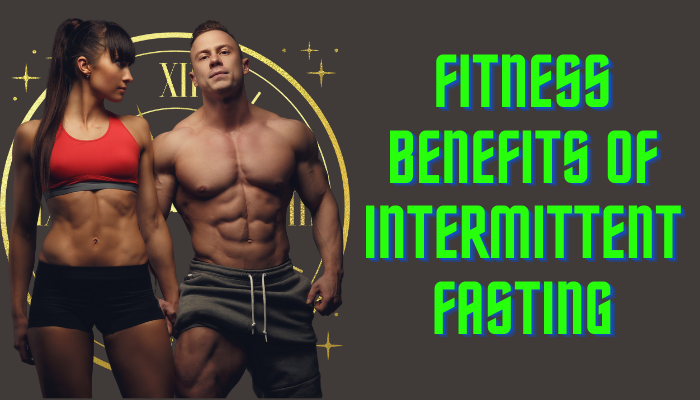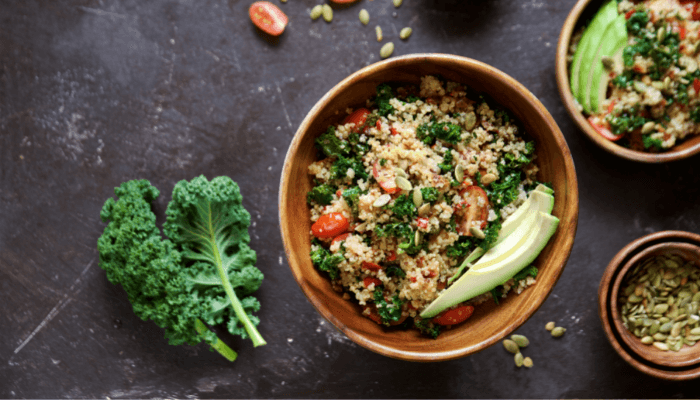
FITNESS BENEFITS OF INTERMITTENT FASTING
Intermittent fasting is gaining popularity as a powerful tool for weight loss, overall health, and athletic performance. This article explores the different types of intermittent fasting, provides examples, and delves into the fitness benefits associated with this eating pattern. By the end of this article, you will have a better understanding of intermittent fasting and how it can help you achieve your fitness goals.
Understanding Intermittent Fasting
Intermittent fasting is an eating pattern that alternates between periods of eating and fasting. This practice focuses on when you eat, rather than what you eat. It is not a diet, but rather a lifestyle change. Intermittent fasting has been practiced for centuries for religious, cultural, and health reasons. Recent research has shown that it can help improve weight loss, cognitive function, and overall health.

Types of Intermittent Fasting
There are several types of intermittent fasting. The following are some of the most common methods:
- 16/8 Method: This involves fasting for 16 hours a day and eating during an 8-hour window. For example, you can eat from noon to 8 p.m. and fast from 8 p.m. until noon the next day.
- 5:2 Method: This method involves eating normally for five days a week and restricting your calorie intake to 500-600 calories on two non-consecutive days.
- Eat-Stop-Eat: This method involves fasting for 24 hours once or twice a week. For example, you can stop eating after dinner and not eat again until dinner the following day.
- Alternate-Day Fasting: This method involves alternating between days of normal eating and days of complete fasting or consuming a very low-calorie diet.
It is essential to choose a method that suits your lifestyle, preferences, and fitness goals. It is also important to consult with a healthcare professional before starting any new eating pattern, especially if you have any underlying health conditions.
Fitness Benefits of Intermittent Fasting
Intermittent fasting offers several fitness benefits, including:
- Weight Loss: Intermittent fasting can help you lose weight by reducing your calorie intake and increasing your metabolic rate. This can help you burn more calories even when you are at rest.
- Improved Muscle Growth: Fasting can increase the production of human growth hormone (HGH), which is essential for muscle growth and recovery. This can help improve your athletic performance and build lean muscle mass.
- Enhanced Endurance: Intermittent fasting can improve your body’s ability to use fat as fuel, which can lead to increased endurance during workouts.
- Better Cognitive Function: Fasting has been linked to improved cognitive function, which can lead to better focus and concentration during your workouts.

Getting Started with Intermittent Fasting
When starting intermittent fasting, it’s crucial to ease into the process and allow your body to adjust. Begin by gradually increasing the duration of your fasting window and reducing your eating window. Listen to your body and make changes as needed. It’s also essential to maintain a balanced diet during your eating window, focusing on whole, nutrient-dense foods that support your fitness goals.
It’s important to remember that while intermittent fasting can offer numerous fitness benefits, it may not be suitable for everyone. Pregnant or breastfeeding women, individuals with a history of eating disorders, or those with certain medical conditions should consult with a healthcare professional before beginning an intermittent fasting program.
What Type of Food Should I Eat While Practicing Intermittent Fasting for Fitness
When practicing intermittent fasting, it’s essential to consume nutrient-dense foods during your eating window to support your fitness goals. A balanced diet should include a combination of lean proteins, healthy fats, complex carbohydrates, and a variety of fruits and vegetables. Here are some examples of meal plans that can help you achieve your fitness goals while practicing intermittent fasting:
Example Meal Plan 1:
- Meal 1: Grilled chicken breast, roasted sweet potatoes, and steamed green beans.
- Meal 2: Greek yogurt with mixed berries, a drizzle of honey, and a handful of almonds.
- Meal 3: Turkey and avocado wrap with whole-grain tortilla, mixed greens, and cherry tomatoes.
Example Meal Plan 2:
- Meal 1: Quinoa and vegetable stir-fry with tofu or shrimp, topped with a handful of cashews.
- Meal 2: Protein smoothie made with frozen mixed berries, spinach, unsweetened almond milk, and a scoop of your favorite protein powder.
- Meal 3: Baked salmon with a side of brown rice and roasted asparagus.
Example Meal Plan 3:
- Meal 1: Egg and vegetable scramble with a side of whole-grain toast and avocado slices.
- Meal 2: Mixed green salad with grilled chicken, cherry tomatoes, cucumber, and a light vinaigrette dressing.
- Meal 3: Beef or bean chili with a side of mixed vegetables and a small serving of whole-grain crackers.
Remember to stay hydrated during your fasting and eating windows, as proper hydration is essential for overall health and fitness performance. Additionally, it’s important to adjust your meal plan based on your specific needs, goals, and preferences. Consulting with a registered dietitian or nutritionist can help you create a personalized meal plan that supports your fitness journey while practicing intermittent fasting.

Intermittent fasting is a flexible and powerful tool that can provide numerous fitness benefits, including weight loss, improved muscle growth, enhanced endurance, and better cognitive function. By understanding the different types of intermittent fasting and choosing a method that fits your lifestyle and goals, you can unlock its potential and take your fitness journey to new heights. As always, consult with a healthcare professional before making any significant changes to your eating habits, and listen to your body’s signals to ensure a healthy and successful fasting experience.

THE BEST BODYBUILDERS IN HISTORY
También te puede interesar
ARNOLD SCHWARZENEGGER: AN ICON OF STRENGTH, DETERMINATION, AND VERSATILITY
noviembre 14, 2023
GET RIPPED – 10 TIPS
diciembre 18, 2020
